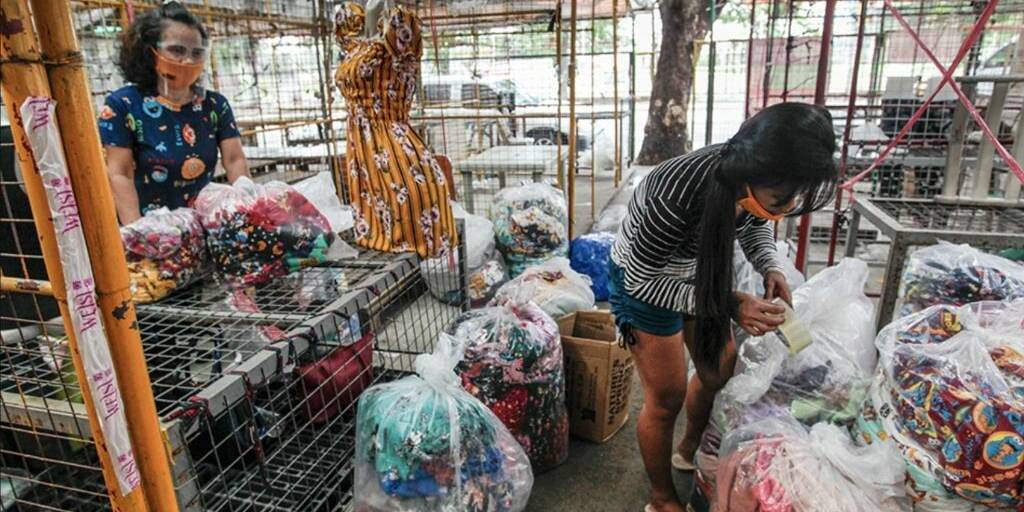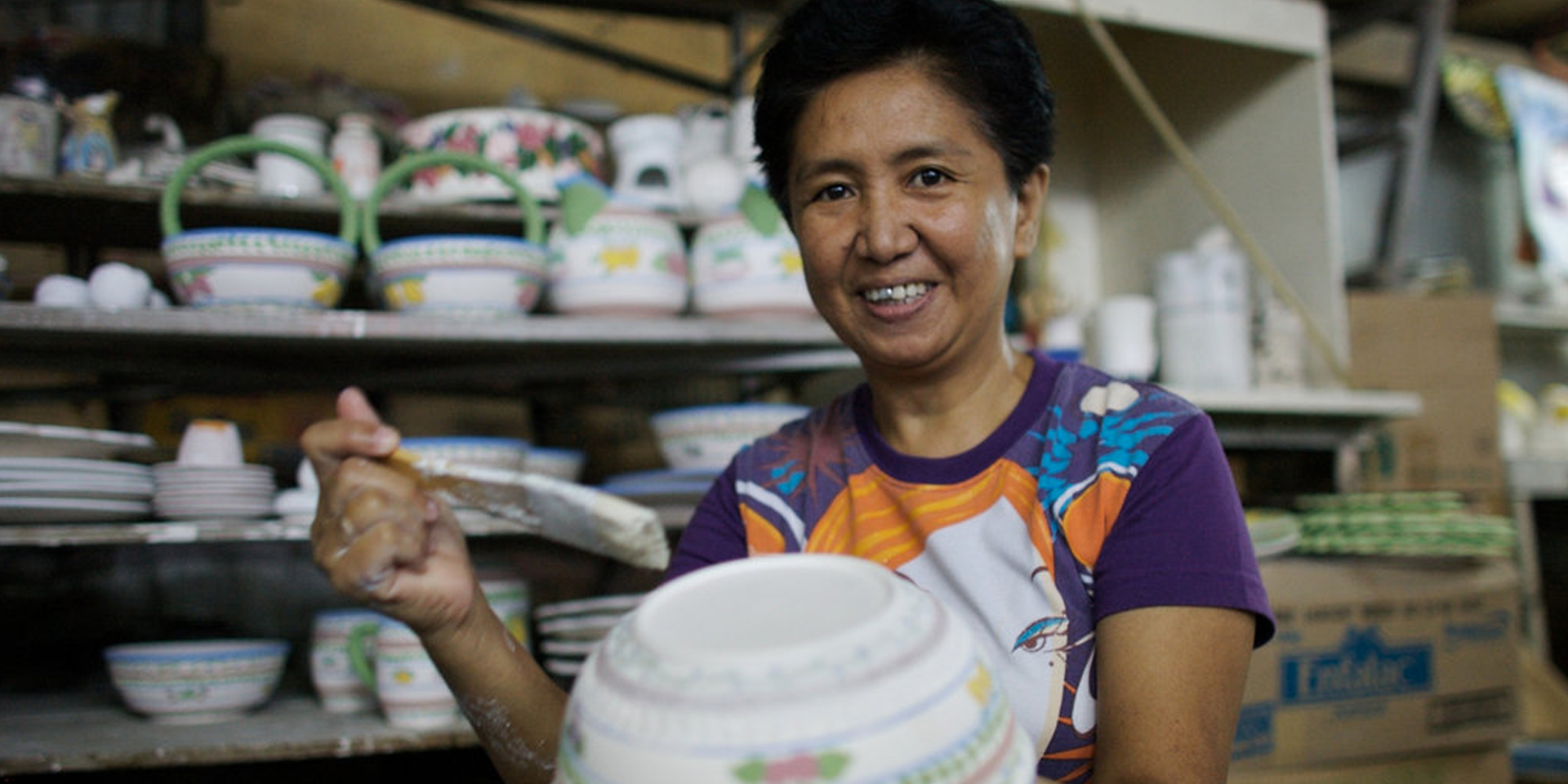This was originally published by Business World
THE CORONAVIRUS pandemic and an enabling regulatory environment have allowed more fintech firms to prosper in the Philippines and offer various products seen to help bring more of the population into the financial system.
In a BusinessWorld Insights session on Wednesday, experts discussed how the country’s finance ecosystem has evolved as more fintech firms emerged and forged partnerships with bigger players in the sector.
Bangko Sentral ng Pilipinas (BSP) Assistant Governor Edna C. Villa said the central bank’s regulatory approach has helped to boost the industry, with 220 fintechs recorded as of end-2020 from just 30 in 2016.
“The BSP’s stance on fintech innovation is to encourage responsive but responsible innovations. What I mean is the BSP would like to see the emergence of new models, products, and services, but at the same time, we have the assurance that timely identification and appropriate mitigation of risks associated with these new products are in place,” Ms. Villa said.
She noted key regulatory issuances such as BSP Circular 1105, which differentiated digital banks from traditional lenders, and BSP Circular 1122, which established an open finance framework, allowing players can share customer-consented data in aid of product development, are expected to help foster the continued growth of the financial sector as a whole.
V Ram, vice-president and chief technology officer of the Banking Financial Services and Insurance unit of Tata Consultancy Services, said the pandemic was crucial in the acceleration of the adoption of digital payments in the country.
Banks and companies have been forced to undergo digital transformation, which normally happens in a span of five to seven years, during the pandemic, he said. This helped facilitate the use of online payments, which became a “lifeline” for many businesses and individuals, especially during the time when many countries imposed lockdowns.
“There was minimum travel, minimum movement. If it was not for digital payments that served as a lifeline, the movement of goods and services would have been a problem,” Mr. Ram said.
But even with the fintech sector seeing accelerated growth recently, gaps and opportunities remain as financial inclusion remains low in the Philippines. BSP data showed only 29% of Filipino adults were part of the banked population as of 2019, leaving 51.2 million unbanked.
By 2023, the central bank wants to bring 70% of adult Filipinos into the banked population and have 50% of the volume and value of transactions done digitally.
To capture the underbanked and underserved Filipino market, financial services should be “non-intimidating, simplified, secure, and innovation-driven,” said Tonik Digital Bank, Inc. (Philippines) President Maria Lourdes Jocelyn S. Pineda.
“We understood that not all of the population are digital natives. Some people, especially the older set, are not too comfortable with using technology to do banking,” Ms. Pineda said.
She said fintech players should ensure their services are accessible and easy to use, especially for people not entirely at ease with making online transactions.
“How else do we do banking? People have been used to going to physical bank branches but they had to do for alternative transactions during the pandemic,” Ms. Pineda said.
Meanwhile, PearlPay CEO and co-founder Sparky Perreras shared that for their part, they opted to offer digital solutions for the smaller rural banks whose clients mostly only have passbooks that cannot be used in e-commerce and online payments. He said they also want to help microfinance institutions digitize.
Mr. Perreras is positive that with the welcoming regulatory environment in the country, fintech players will continue to grow and help in giving more Filipinos access to financial services.
“We give credit to our regulators. Because the BSP is one of the most aggressive in the region comparatively, it really changed the landscape,” he said. — L.W.T. Noble
Related Posts
August 23, 2022
Manila’s 35 Fastest Growing FinTech Startups
PearlPay was selected by Fintech Energy, which monitors over 200,000 startups, as one of the…
February 17, 2022
PH COVID-19 Recovery Plan: Financial Institution Strategic Transfer (FIST) Act
Read how the Financial Institution Strategic Transfer Act or FIST Act can help financial…
January 6, 2022
Serbisyo sa Barangay: Livelihood Program for MSMEs
Serbisyo sa Barangay is a livelihood program that will equip MSMEs in barangays with the necessary…




